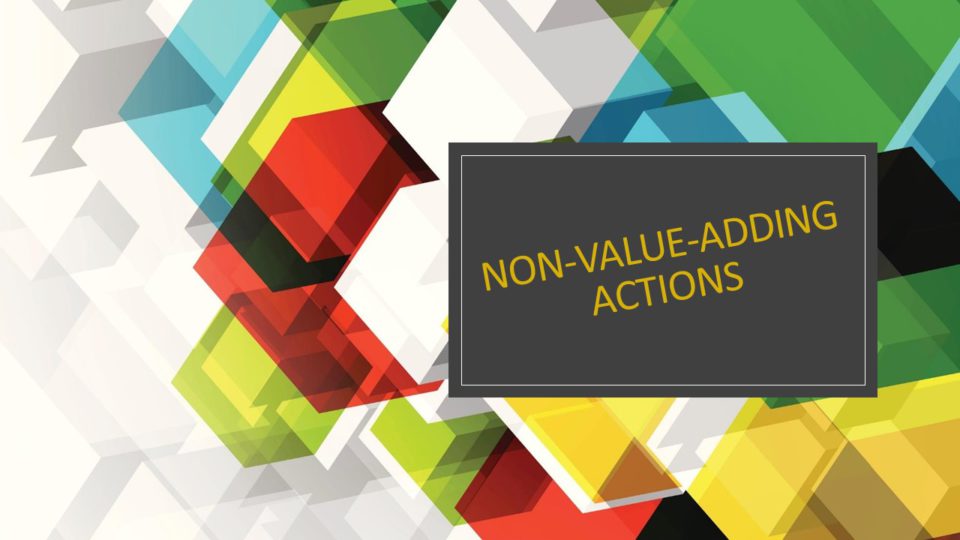Last week, I was super busy preparing for the Azure Fundamental exam that I passed with a score of 925 out of 1000 YAYYY (https://www.youracclaim.com/badges/8927018c-632c-47db-9b83-b166818b7625/linked_in). So, unfortunately, I did not have time to prepare the article on Saturday, February 20.

On the other hand, after moving Auckland to COVID-19 level 1, I had the opportunity to attend in person Agile Coaching NZ meetup about Value Stream Mapping (Wednesday, February 24, 2021), hosted by Peter Woolley. In my opinion, this was one of the few great meetups in which beneficial and practical information presented. That is why, in this post, I want to share types of non-value-adding actions categorized as wastes with you.
All the credit for this article belongs to the Agile Coaching NZ meetup and permission to publish it initially from Peter Woolley.
As Taiichi Ohno said, “All we are doing is looking at the timeline from the moment a customer gives an order to the point when we collect the cash, and we are reducing that timeline by removing the no-value added wastes“. The main aim of all business is delivering value to their customers, with a short time frame and at minimal cost – without sacrificing quality.
There are several tools in the Agile toolbox to assist in this, and Value Stream Mapping is one of them. A value stream map is a visual tool that displays all critical steps in a specific process and quantifies the time taken at each stage. The purpose of value-stream mapping is to identify and remove or reduce “waste” in value streams, thereby increasing a given value stream’s efficiency.
There are some different types of non-value-adding actions categorized as wastes.
- Knowledge and information scatter or loss
- Wishful thinking
- Under-realizing people’s potential and varied skill, insight, ideas, and suggestions
- Task switching, motion between tasks; interrupt-based multitasking.
- Defects, testing and correction after the creation of the product.
- Extra processing, relearning and reinvention.
- Partially done work and work in progress
- Handoff, conveyance and moving.
- Waiting and delay.
- Overproduction of features or elements ahead of the next steps; and duplication.






Leave A Comment